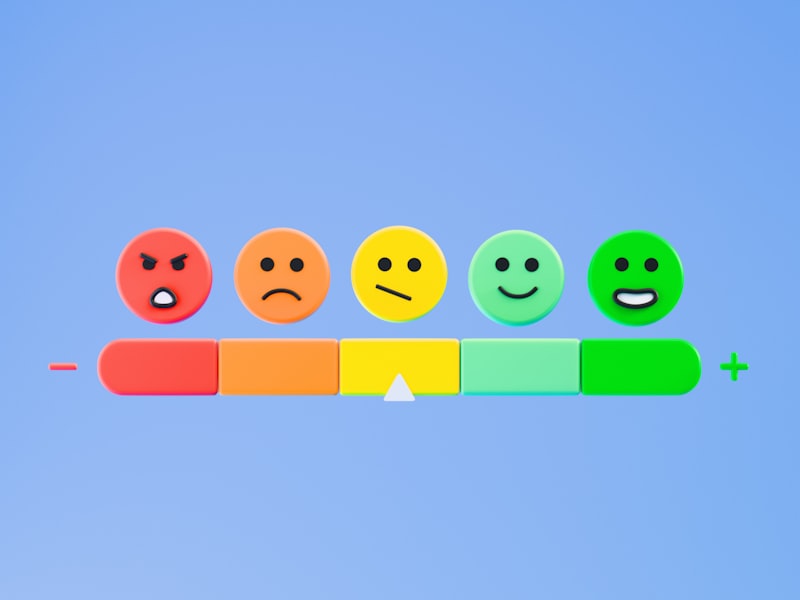Creating a Mood Board for Your Dress Design: A Guide to Spark Your Creativity
Creating a Mood Board for Your Dress Design: A Guide to Spark Your Creativity
Creating a mood board for your dress design is an essential step that can significantly influence the overall aesthetic and direction of your project. Mood boards are visual collages that showcase your ideas, inspirations, colors, fabrics, and other elements that contribute to the overall feel of your design. In this article, we will explore the importance of mood boards, how to create one, and tips on how to effectively use them in your dress-making process. So, let’s dive in!
What is a Mood Board?
A mood board is a collection of images, materials, colors, and texts that convey the overall essence of a concept or idea. In the context of dress design, a mood board acts as a visual reference that helps the designer streamline their thoughts and ideas. It blends creativity with organization, allowing designers to visualize their concepts before beginning the actual design process.
Why Create a Mood Board for Dress Design?
Creating a mood board for your dress design offers numerous advantages:
- Clarifies Vision: Mood boards help in crystallizing your design vision. By compiling imagery and materials, you can define the look and feel you aim to achieve.
- Inspiration: They serve as a source of inspiration, pulling together different elements that you find appealing.
- Communication Tool: Mood boards can effectively communicate your ideas to clients, collaborators, or team members, ensuring everyone is on the same page.
- Guideline for Selection: When it comes to selecting fabrics, colors, and styles, mood boards can act as a guideline to maintain consistency throughout your design.
Steps to Create a Mood Board for Your Dress Design
Creating a mood board can be a fun and engaging activity. Follow these steps to make your own:
1. Gather Your Inspirations
Start by collecting images, swatches, fabrics, and colors that resonate with your design vision. Consider browsing the internet, fashion magazines, or even taking photographs from your surroundings. The key is to gather elements that evoke the mood you want to set.
2. Choose a Format
You can create your mood board in several formats, including:
- Physical Mood Board: Use a cork board or poster board to arrange and pin elements together.
- Digital Mood Board: Utilize platforms such as Pinterest, Canva, or Adobe Spark for an online approach.
3. Organize Visual Elements
Begin laying out your collected items. You may want to group them by color, texture, or theme. This organization will help you visualize how elements work together and establish a cohesive look.

4. Refine Your Board
After you’ve created an initial layout, refine your mood board by eliminating elements that may not fit your vision. Ensure that every item contributes to the overall aesthetic you are trying to achieve.
5. Finalize and Review
Give your mood board a final review. Ensure it captures the essence of your dress design concept and that you’re inspired by the visual layout. This board will serve as your reference throughout the design process.
| Mood Board Elements | Purpose |
| Images & Photos | Inspire overall aesthetics. |
| Color Swatches | Define color palette. |
| Fabric Samples | Explore textures and feels. |
| Text | Capture themes or concepts. |
Helpful Tips for an Effective Mood Board
To make the most out of your mood board creation process, consider these helpful tips:
Stay Focused on a Theme
Choose a central theme for your dress design and stick to it. A focused theme will help guide your selections and maintain coherence throughout your design.
Experiment with Various Styles
Don't be afraid to explore different styles and aesthetics. Sometimes, combining elements from various influences can lead to innovative results.
Regularly Update Your Mood Board
Your design vision might evolve as you begin working on your dress. Therefore, feel free to update or change your mood board to reflect any new ideas.
Common Questions About Creating Mood Boards
What Should Be Included in a Mood Board for Dress Design?
A mood board for dress design typically includes images that represent your inspiration, color palettes, fabric samples, fashion sketches, and any other materials relevant to your vision.
Can I Create a Digital Mood Board?
Absolutely! Digital mood boards have become increasingly popular due to their ease of sharing and editing. Use tools like Canva, Pinterest, or Adobe Illustrator to craft your mood board digitally.
How Do I Present My Mood Board to Others?
When presenting your mood board, ensure you explain the rationale behind your choices. Share your thought process and how each element fits into the overall design. This will help others understand your vision better.
Conclusion: Bring Your Dress Designs to Life
Creating a mood board for your dress design is not just a preliminary step; it’s a foundational element that aids in the visualization and realization of your creative ideas. By gathering inspirations and organizing them cohesively, you empower yourself to make informed decisions throughout the design process. Remember to keep your mood board updated and reflective of your evolving design vision. Whether you're a novice or an experienced designer, incorporating mood boards into your workflow can significantly enhance your creative output and lead to stunning dress designs.
So, gather your ideas, start creating, and let the world of fashion see your unique designs come to life!
